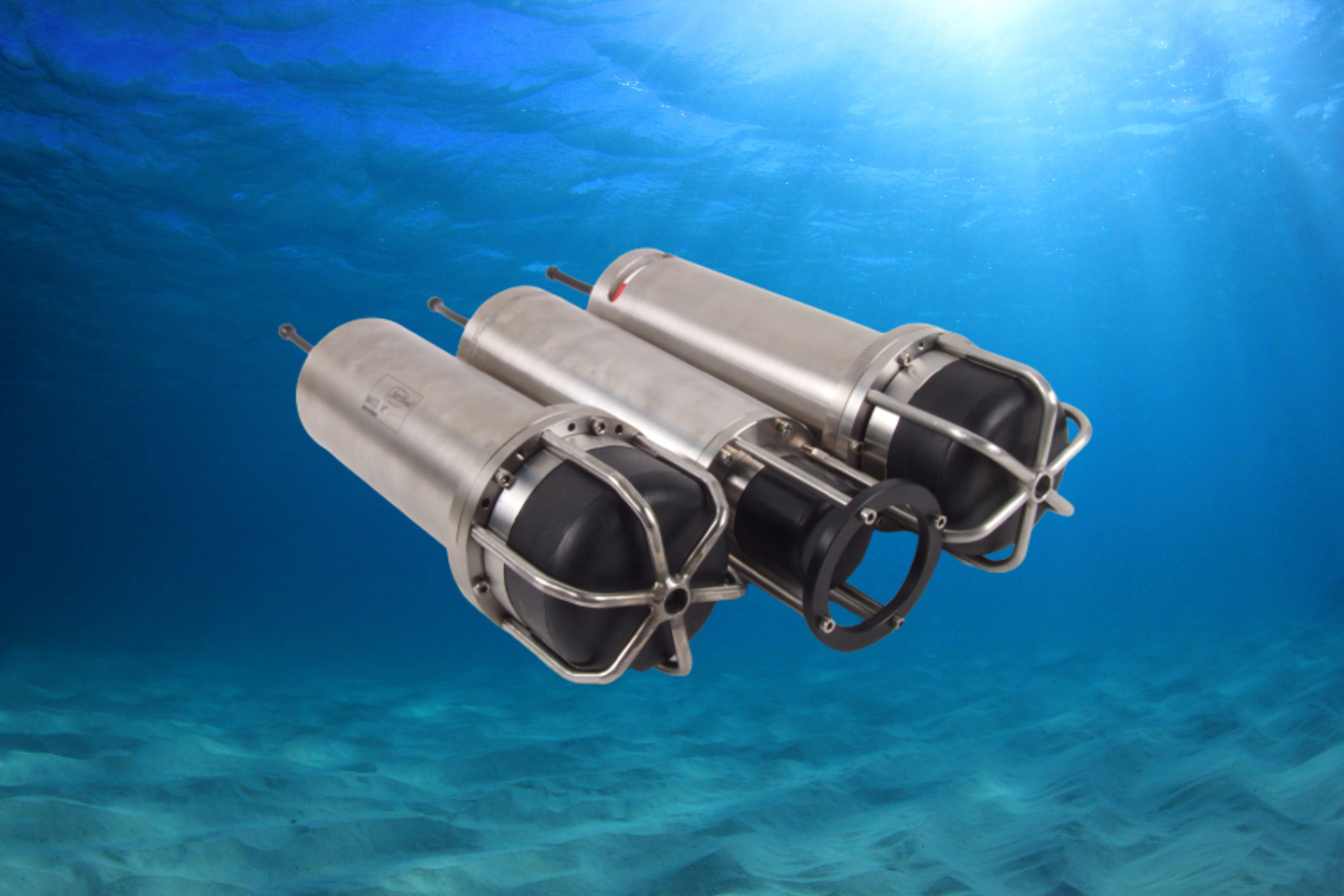INTRODUCTION
In the context of Undersea Warfare, underwater Long Range Acoustic Communication (LRAC) is a critical means to achieve successful operations. Long-cruising Autonomous Underwater Vehicles (AUVs), especially XLUUVs (Xtra Large Unmanned Underwater Vehicles), can navigate over tens or even hundreds of kilometers. An LRAC system is essential for operating these vehicles safely and ensuring mission success. This is particularly significant for avoiding the presence of a close support ship in a threatening area. Naval Group and Sercel conducted sea trials to demonstrate the capabilities of an LRAC system based on Sercel's underwater acoustic experience and equipment.
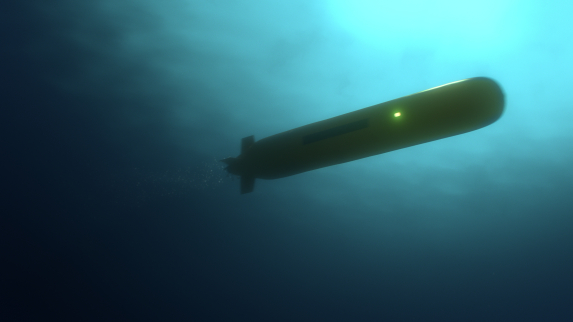
REQUEST
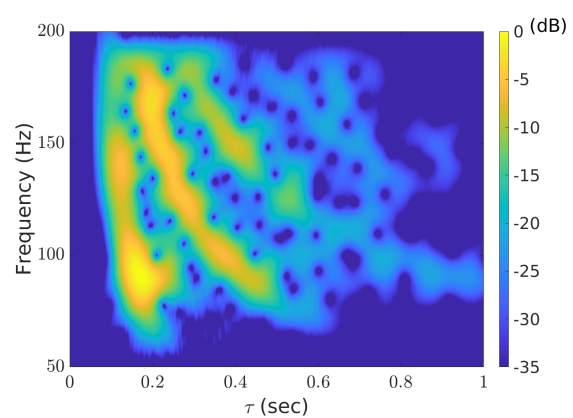
Defining the Optimal Acoustic Modulations:
Due to the attenuation of acoustic waves underwater, LRAC systems typically rely on Very Low Frequency (VLF) carriers, which pose challenges in signal processing. The useful bandwidth of VLF acoustic transducers is generally narrow, leading to low bit rate communications. Additionally, VLF acoustic waves are subject to modal propagation, which distorts them.
Modal propagation is characterized by two types of dispersion:
- Inter-modal dispersion, which can be considered as multiple paths.
- Intra-modal dispersion, where lower frequencies travel slower than higher frequencies.
The figure on the left illustrates the effect of modal propagation. The ideal reception is represented by a single vertical line. However, due to inter-modal dispersion, the vertical line is replicated, and due to intra-modal dispersion, it becomes curved.
In this context, it is essential to adapt the modulations used for standard frequencies.
Reducing the Instrument Size:
To maximize the signal-to-noise ratio in reception and achieve the maximum transmission range, directional gain on the receiver is necessary. The conventional method is to use an array of hydrophones with the separation between each sensor equal to half the acoustic wavelength. However, in a VLF context, the total length of such an array is several tens of meters, which may not be compatible with operational constraints.
SOLUTION
MATS Modulations
SERCEL has been a leading supplier of underwater acoustic modems for decades with its MATS product line (MATS3G, MATS LT). The MATS modulations are easily adaptable to very low frequencies and narrow bandwidth transducers. Their natural resilience to multi-paths provides an effective response to inter-modal dispersion, while phase modulation can mitigate intra-modal dispersion.
Acoustic Vector Sensor (AVS)
SERCEL has developed a Digital Acoustic Vector Sensor (AVS) based on its QuietSeis MEMS technology. It offers directional gain at VLF frequencies and can therefore replace a hydrophone array. Its compact housing makes it particularly suitable for LRAC applications.
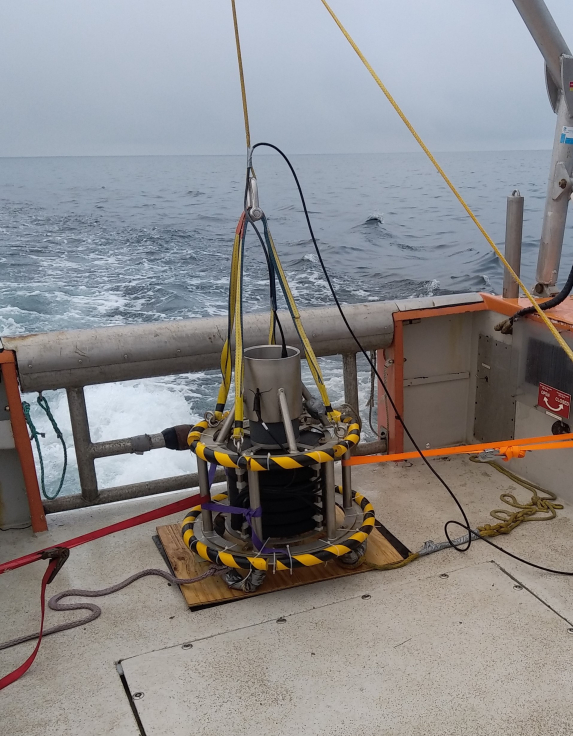
CONCLUSION
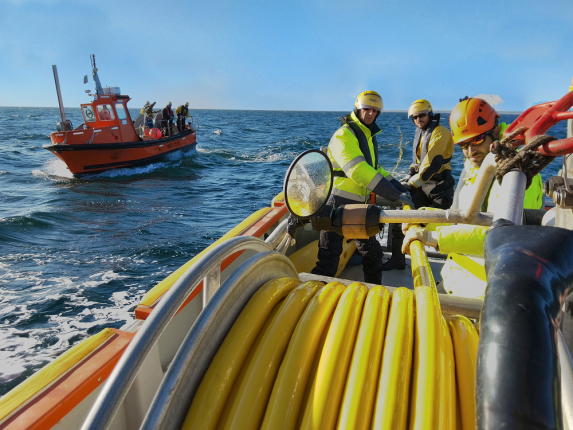
Sea trials were conducted with 2 vessels from SERCEL’s Marine Test Center between Groix and Belle-Île, two islands located off the coast of Lorient in France. The water depth in that area varies between 50m and 60m.
The general principle was to deploy a VLF transducer from one vessel and receivers from the second vessel. Several distances between the vessels were tested, ranging from 10km to 40km.
The impact of the seabed composition was clearly visible on intra-modal dispersion: on rocky terrain, the propagation channel cut frequencies below 100Hz, whereas on sandy terrain, frequencies down to 60Hz were not attenuated. These findings were consistent with acoustic propagation simulations.
The Naval Group ocean underwater drone prototype currently embeds a MATS3G for its medium-distance communications functions while waiting to move on to long-distance communications.
The combination of MATS modulations and an AVS receiver allowed reliable acoustic communication ranges of up to 40 km.
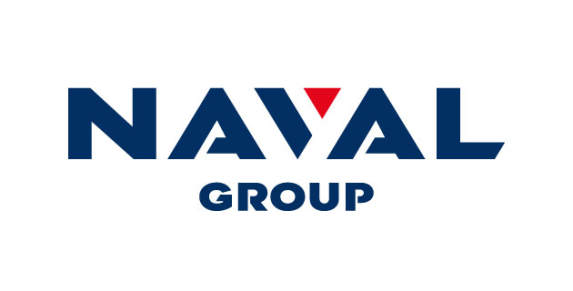
"At Naval Group, we are happy to have combined our skills and capabilities with SERCEL in a shared spirit of technological innovation.
Having the appropriate materials for long-range underwater acoustic communication was crucial.
MATS3G, backed by SERCEL's 30 years of experience, provided complete satisfaction and allowed us to achieve our goals during this experiment."
